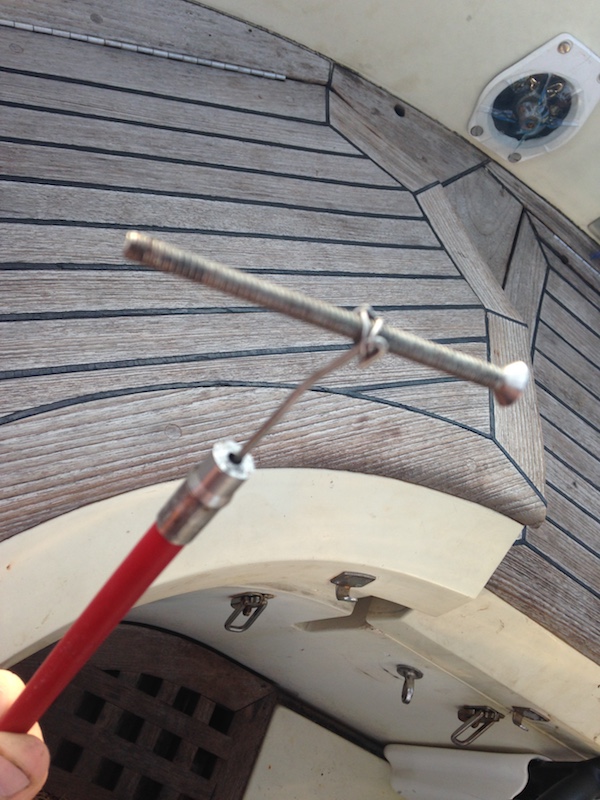So I’m writing this as we arrive in Malaysian waters, I don’t have a signal on my phone yet, so I don’t know if that’s because my PAYG contract has expired, or if I’m still too far away from land.
It’s been an interesting few days. We have spent the last 5 days cruising around the Butang islands. On Thursday morning we anchored off a lovely little island, maybe only a few hundred metres long, but surrounded by a stunning coral reef with lots of fish to look at. I have a lot of video waiting to be edited .
We didn’t actually anchor, the National park service here provides buoys, some more reliable than others, and we picked the first of the two there and spent the night swinging on that. The only real problem we had was the swell from the south built up overnight, there must have been some anomaly in the weather down in the Malacca straights that sent the swell our way, and by breakfast on Friday morning 8AM, it was so bad we had to hold on to things while brewing the coffee. I decided to head around the side of the island to pickup the other mooring buoy, protected from the swell. I checked on the chart, and we were well clear of the rocks/coral and should have 6 metres of water below us. Off we went, maybe doing 3-4 knots, and after just a few minutes CRUNCH, it was a very shocking moment, the whole boat stopped dead in its tracks, there was no doubt, we had hit a rock.
To put this event into context, it’s one of the worst things that can happen to a yacht. The result, depending on many factors, can range from, no damage, just minor scratching, to complete loss of the boat and loss of life. So that noise we heard, sent shivers down my spine. Fortunately it was clear we were in no personal danger, worst case, we could swim to the shore in lovely calm(ish) waters easily. Also the boat is very tough, unlike many yachts built today, ours uses a different style of construction. The keel is part of the hull, very thick and solid and won’t snap off, this would have been a real worry on a modern production boat. After a collision, it’s imperative to get the keels checked on these boats. So all I had to do really was get the boat off the rock.
Usually it should be possible to reverse and that’s it. however we were properly stuck on. No amount of reversing had any effect. Then the swell came and said hello, the boat was lifted a foot or so by a large rise in the sea level, then dropped back onto the rock. BANG, now that sent another shiver down my spine. It actually sounds and feels a lot worse than it is, but it does help focus ones thoughts to the task at hand. In a big sea, we have been thrown onto waves by the sea, and that makes a bigger bang.
The propellor seems more efficient going forward, but it’s counter intuitive to motor onto rocks, so I didn’t want to try that, going back didn’t work so I was a bit stuck. So I launch plan A, , to kedge myself off backwards, sounds rude, but basically it requires me to put my little anchor I keep at the stern of the boat in the water, say 50metres astern, and winch myself back towards it. I have done this on Oracle once in Greece, but we were in sand, it was very calm and we had all day to mess around. Now I had to move fast as the swell had us bumping again, though thankfully the first bump was the worst. Now this is were the plan turns to farce.
I untied the kedge anchor, and tried to hang it over the stern enough so I could get it into the dinghy which thankfully was tied up below, however the chain in the locker must have been snagging, or more likely had fallen on itself after I stowed it last year. I was tugging the chain like crazy to get it out when Kathy shouted out something about rocks from the bow were she was peering over. I left the anchor hanging over the pushpit (the rail around the stern of the boat) to see what she was saying, she was shouting out that she couldn’t see any rocks, so I had to investigate, possibly it was all a dream and I might wake up after seeing a spaceship rise from the water and Captain Kirk offer some help. Maybe not. I ran to the bow, and looking down to starboard I could see we had at least 5 metres of clear water below us, over the bow was clear as well, looking to port made me realise we were on the very edge of a large granite boulder. Now one of the things about Sister Midnight is that the propeller produces a large amount of prop walk, and it’s all to starboard when going ahead, this means that if I give it a surge of power ahead, from stationary, the boat instead of moving forwards, tries to swing hard to the right. This has got to be worth a try I thought. So back to the wheel, Hard to starboard, mucho revving, no revving, mucho revving, no revving, then WOW, we are off the rock. and moving away from it slowly. So where’s the farce you ask? Well just as we clear the rock, my kedge anchor cleared itself and went screaming over the stern and anchored itself to the very rock we were escaping! Bugger, I tried to grab the chain/rope as it was shooting over the stern, but it was going too fast, and I didn’t want to slow my exit from the rock so I let it go. I could see the mooring buoy we had left, maybe 100 metres ahead of us, so I figured I should try to get back to that and work things out from there, however, would I have 100 metres of rope on the kedge, I couldn’t remember, and 100m seems a lot.
I shouted to Kathy to bring me large quantities of rope and a knife, plus a fender. I thought ‘plan A’ would be to cut the anchor warp, tie a fender to it as a buoy, and come back for it later, ‘plan B’, cut the line, tie more rope to it and keep going to the mooring until I ran out of rope. As it turned out, I had loads of rope on the warp, and we picked up our mooring buoy while still anchored by the stern to the rock. A kind of weird ‘med style’ mooring.
Next I jumped in the dinghy, and headed back to the rock and retrieved the kedge anchor and all was back to normal. As luck would have it, the water there was crystal clear, so I dived on the hull with my snorkel and could see deep scratches, possibly gouges in the surface of the keel along the bottom edge, I couldn’t see right under the keel, but expect the gelcoat to be cracked there. However that was all, above the bottom edge of the keel there was no damage I could see. I’m hauling out sometime in the next few months to refresh the antifoul, so will sort that out then.
I have since checked on the chart, I have my track recorded, onto and off the rock, and I can see that it’s meant to be safe water there, so I have learnt a valuable lesson about trusting charts close up to reefs.
That night we picked up another buoy, further north, protected from the swell opposite a monkey beach, where Kathy got quite freaked out when a few monkeys took over our dinghy and started going through the storage pockets playing with our sun tan and Deet, I had to shoo them away, but not before the Dad monkey tried to shoo me away.
We left there on Saturday and went back to Ko Lipe for our final night in Thailand, unfortunately it was a very noisy night at anchorage there, it’s a party beach with house music banging out. We anchored in 23 metres of water, and although the anchor seemed very secure, and the weather was very calm, I was woken about 2AM to the boat swaying and strong winds, on going above I found the wind to be very strong 20-30 knots and all the boats around me were swinging around a lot. Checking our anchor rode, of which we had all 110 metres out, I could see it was very taut, and this would be testing our anchor. I spent the next hour closely watching all the other boats and repeatedly taking bearings of objects on the shore and our relation to other boats, however when you have a swinging circle off 200+ mtrs in diameter, you can never be sure which way you are dragging, or if you are just swinging. After an hour or two, we hadn’t moved, our GPS was backing this up, another hour passed and about 5AM the wind passed on, leaving a very calm bay, I went to bed and slept well, only to be woken a few hours later by a bang. “Shit” was the first word I could think of saying as I flew from the bed, we had hit something, I knew that, I was just hoping it wasn’t land, that bay is fringed with very sharp jagged coral. I hoped it was another boat we hit. I’ve hit loads of them, never a big deal. Actually I t-boned a firefly dinghy with a big heavy clincker boat when I was about 13 in the sea cadets, that was a big deal 😉 As I came out into the cockpit, there was no mistaking the back of the Langkawi ferry that had moored right behind us at about midnight last night. He was on a fixed mooring, so it was safe to assume it was us who dragged, we had bumped against a big metal frame he had on his stern, I don’t know what it did, but it was a flat surface and hadn’t marked us at all. A few tugs on our anchor warp and we were away from him. It was now 7AM and Kathy was up, I asked her to flake the chain down, and I hauled in the anchor and we left. By now the crew on the ferry must have wondered what was going on and was walking around the ship looking for a problem.
I fail to understand how we stayed in position all night in the wind, then once it’s calm we dragged , maybe 150ft to the ferry. I suspect the current was strong when we dragged. On my new super powered boat computer system, all these elements, parameters and variables will be logged, providing real time playback analysis, until then, I’m going to practise anchoring 😉
We are now anchored in a little manmade lagoon area at Telaga, in Langkawi, Malaysia, I don’t have any 3g or phone service here, but I have managed to borrow some wifi data from the local hotel across the bay. It’s nice to be back in Malaysia, but we were greeted by thunder and lightning. We will sneak ashore tonight and have a meal to celebrate our arrival, in the morning, we check into the country officially, get fuel and head down to the Royal Langkawi Yacht Club marina, where I can fix the gearstick problem. Kathy returns to the UK a week tomorrow for a month.
Paul Collister

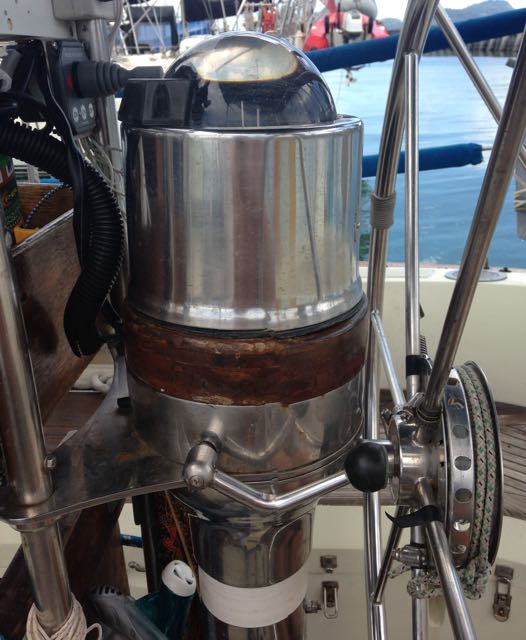
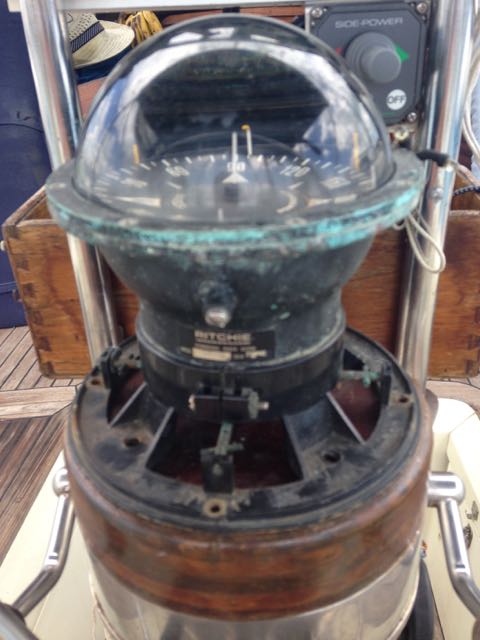

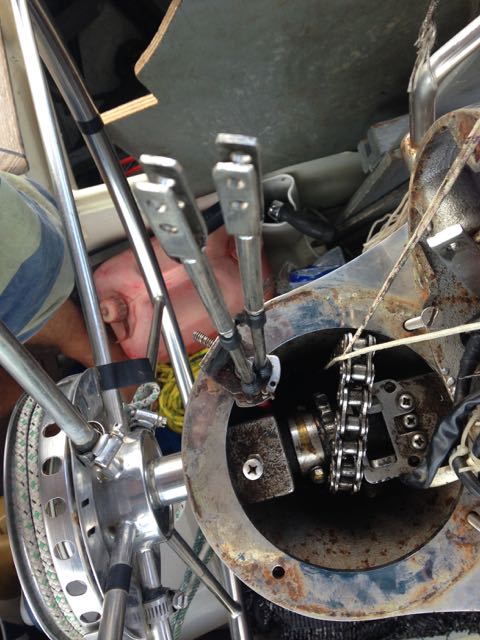
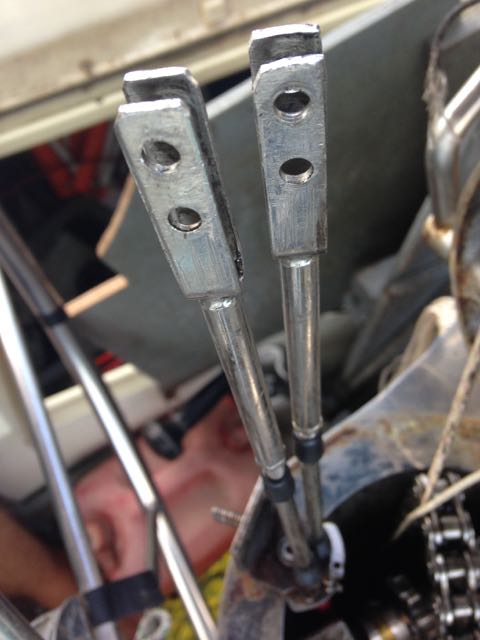
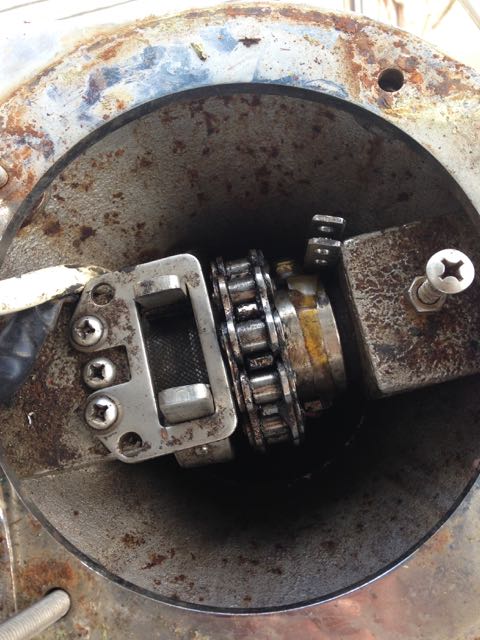

 Finally I managed to upload one of my videos, it’s me and kathy swmming around the boat in Ko Phi Phi. The boat is in about 8 metres of water, so clear.
Finally I managed to upload one of my videos, it’s me and kathy swmming around the boat in Ko Phi Phi. The boat is in about 8 metres of water, so clear.
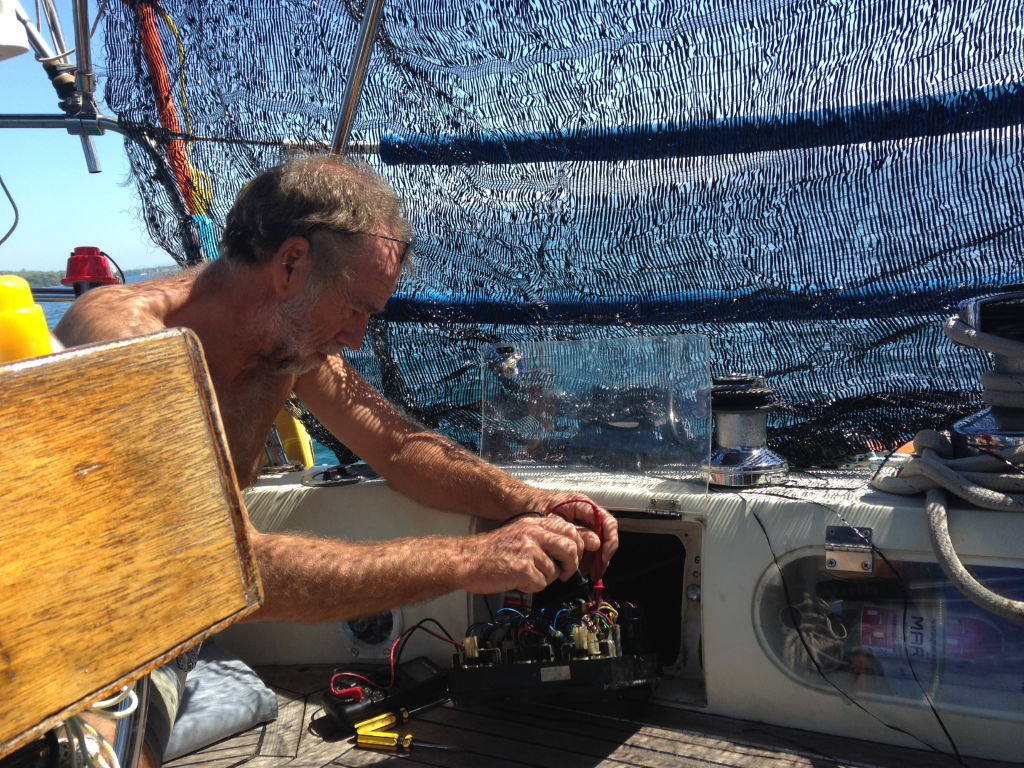


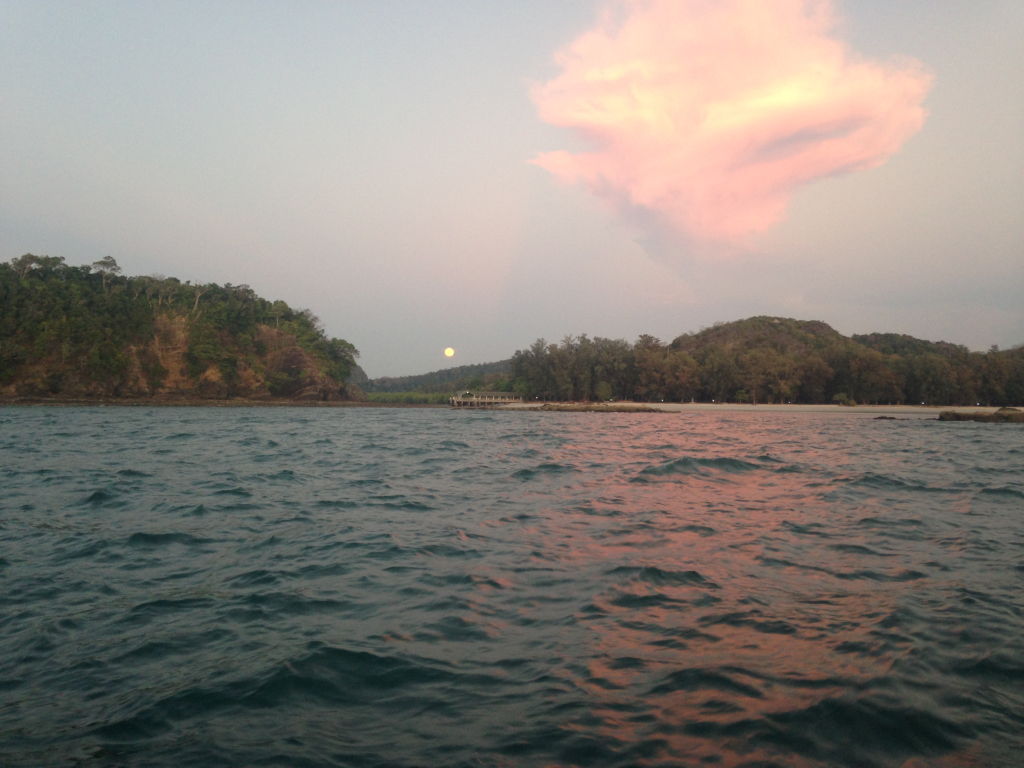







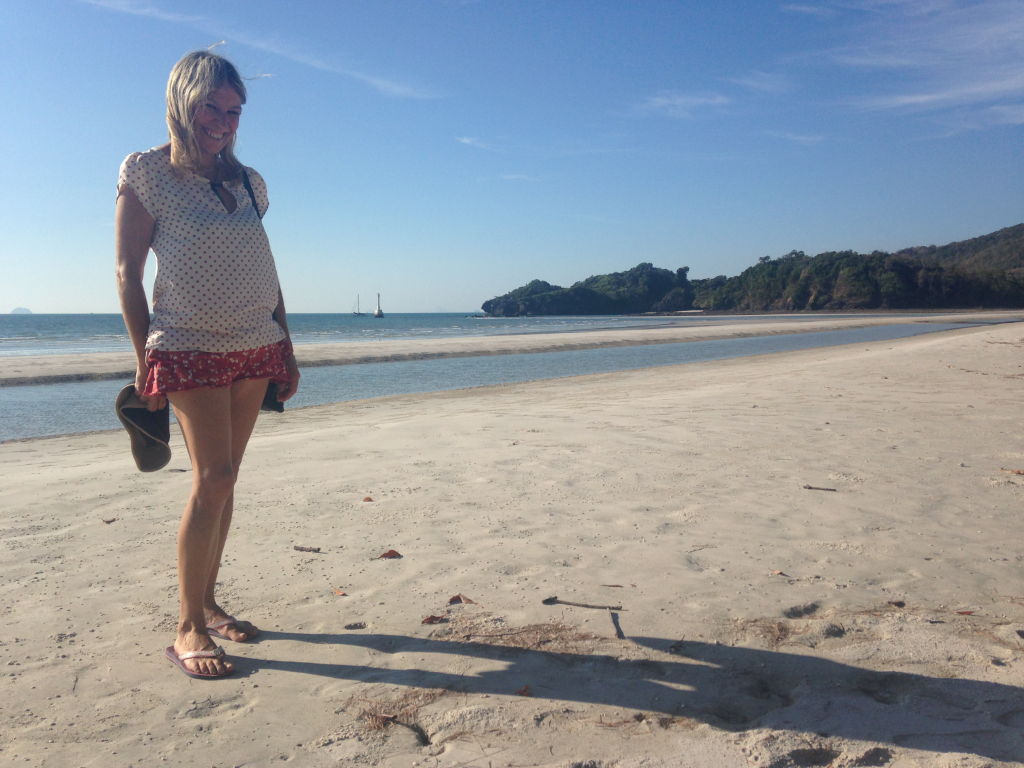

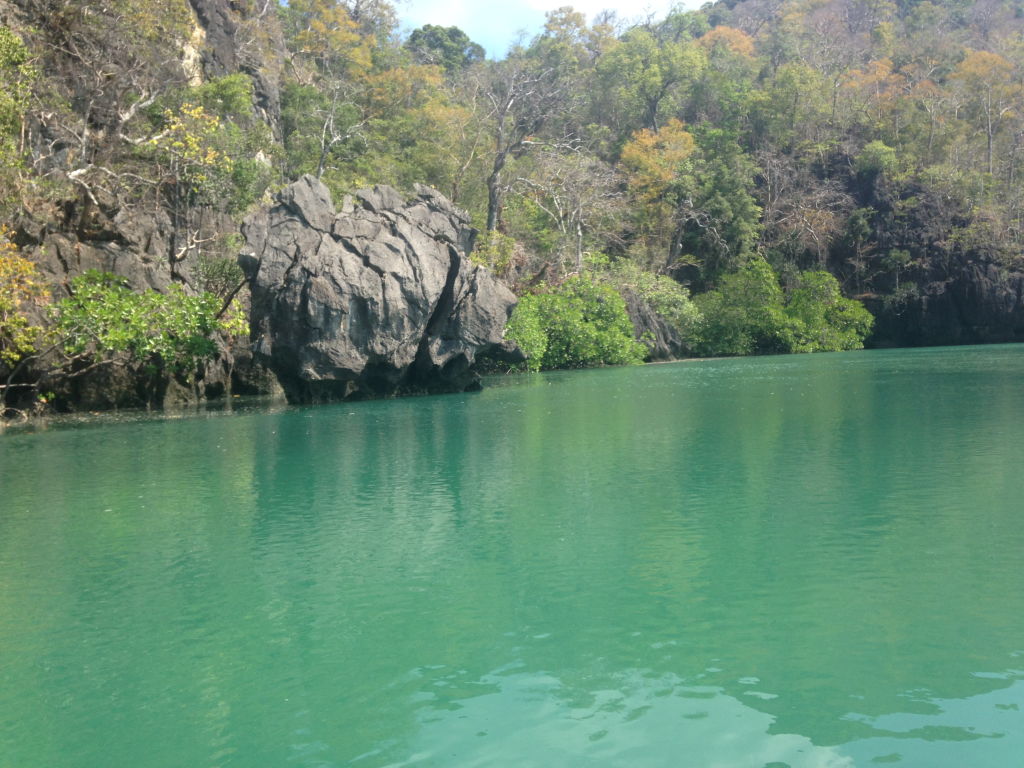

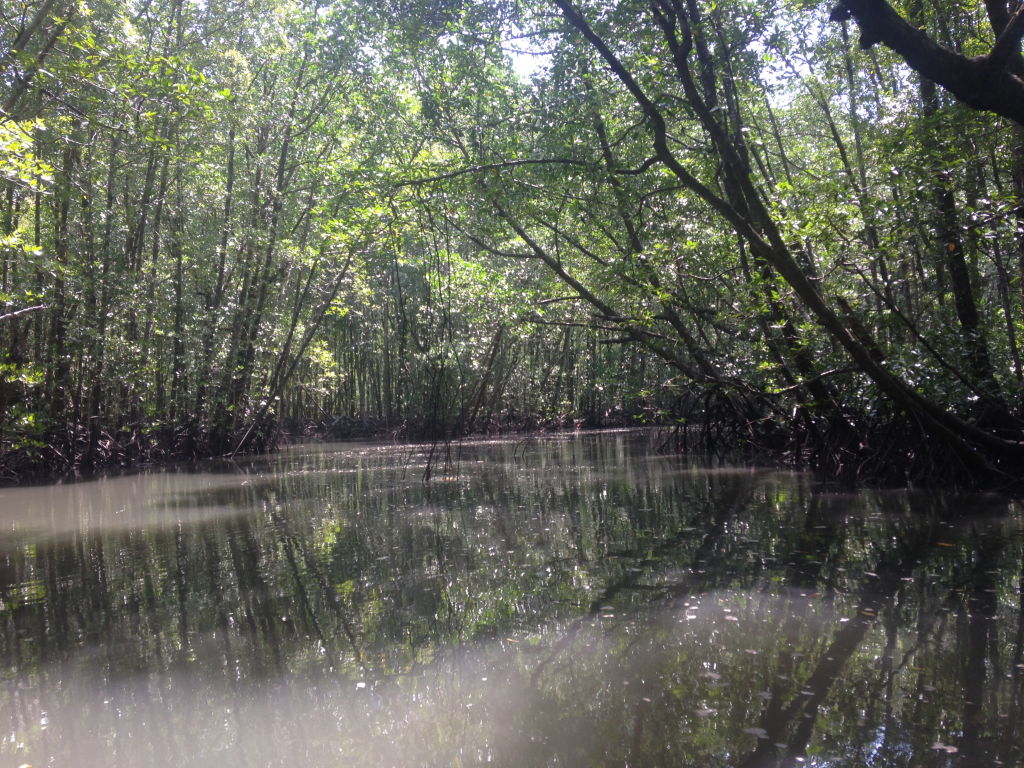



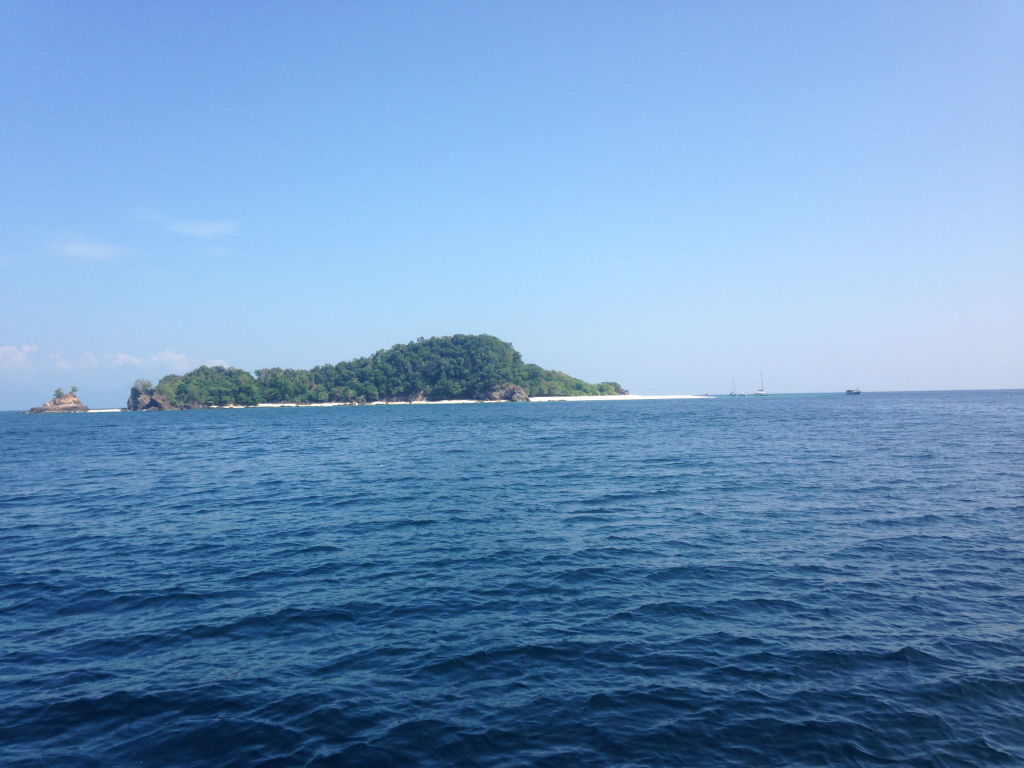
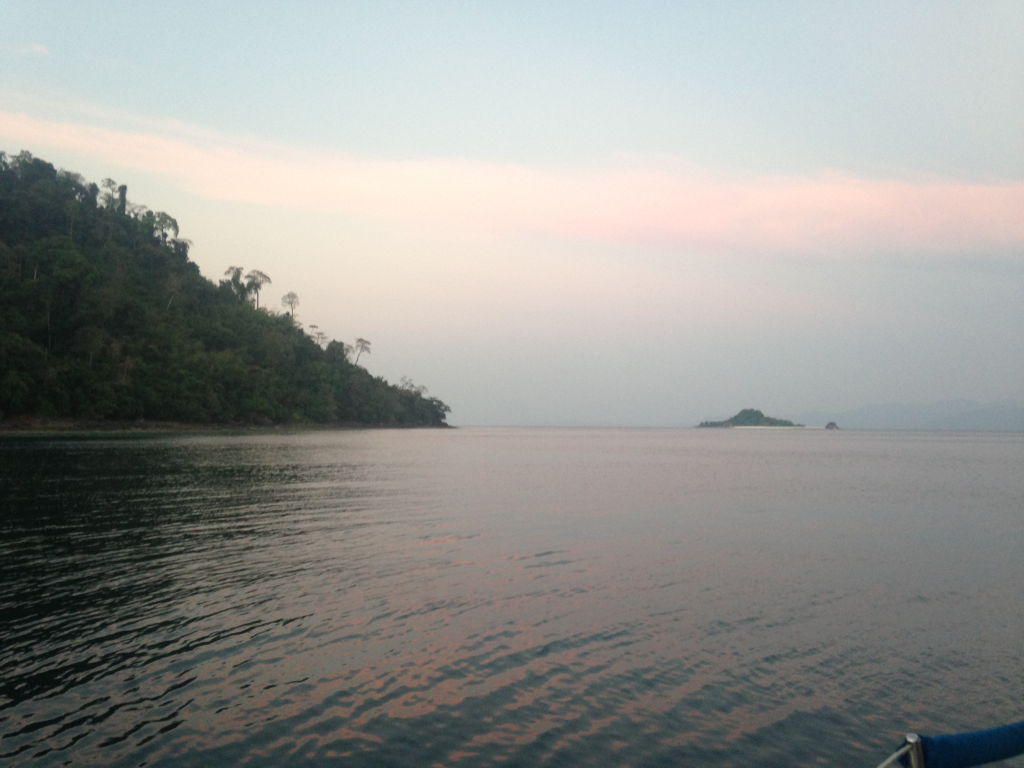
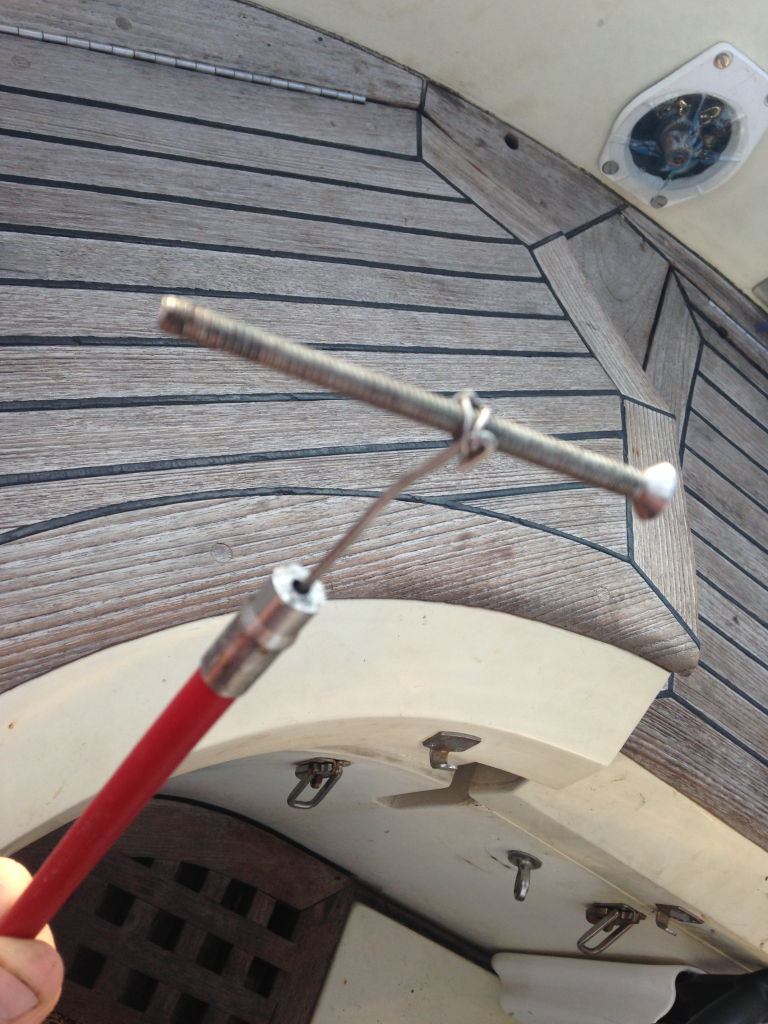

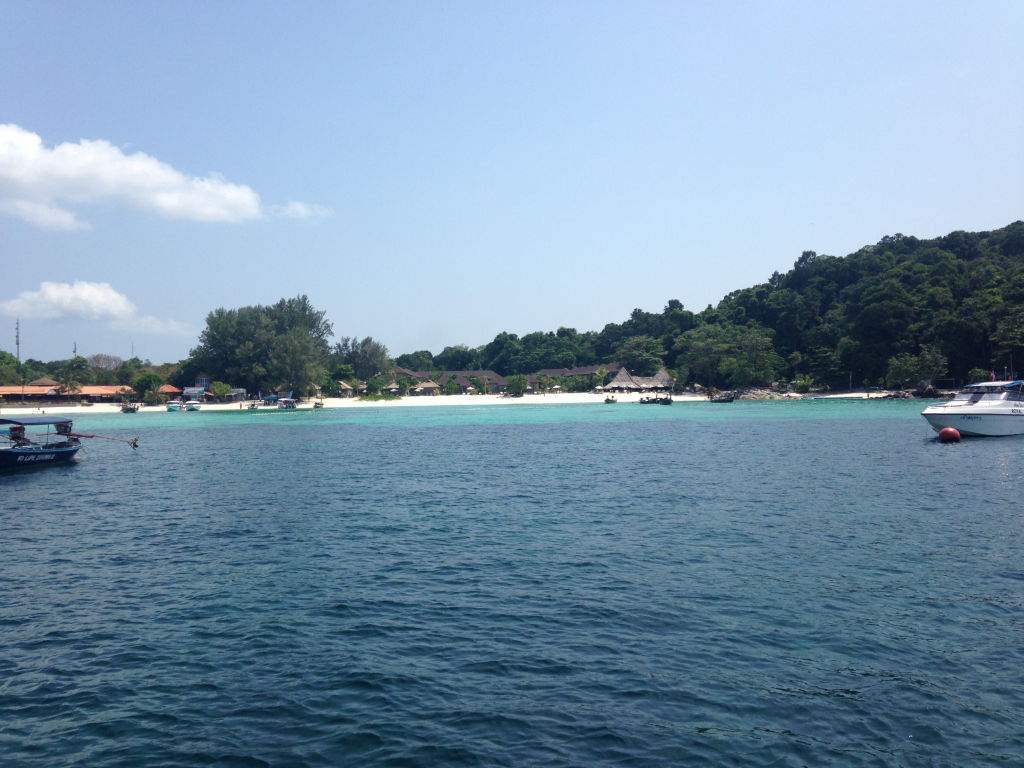


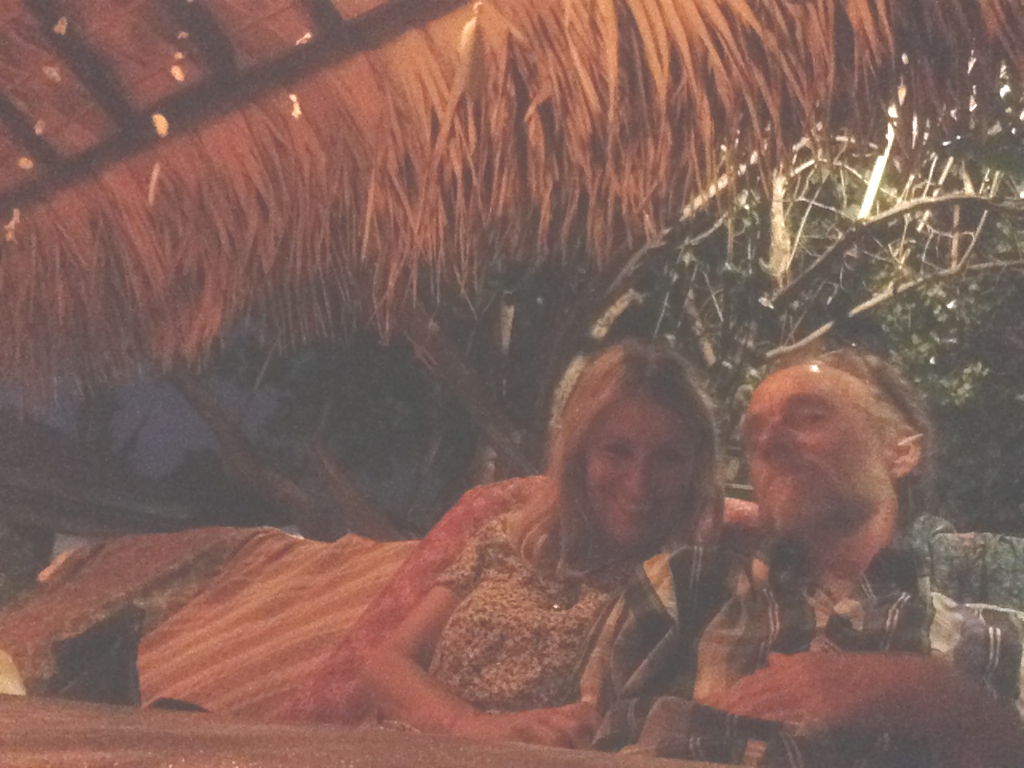












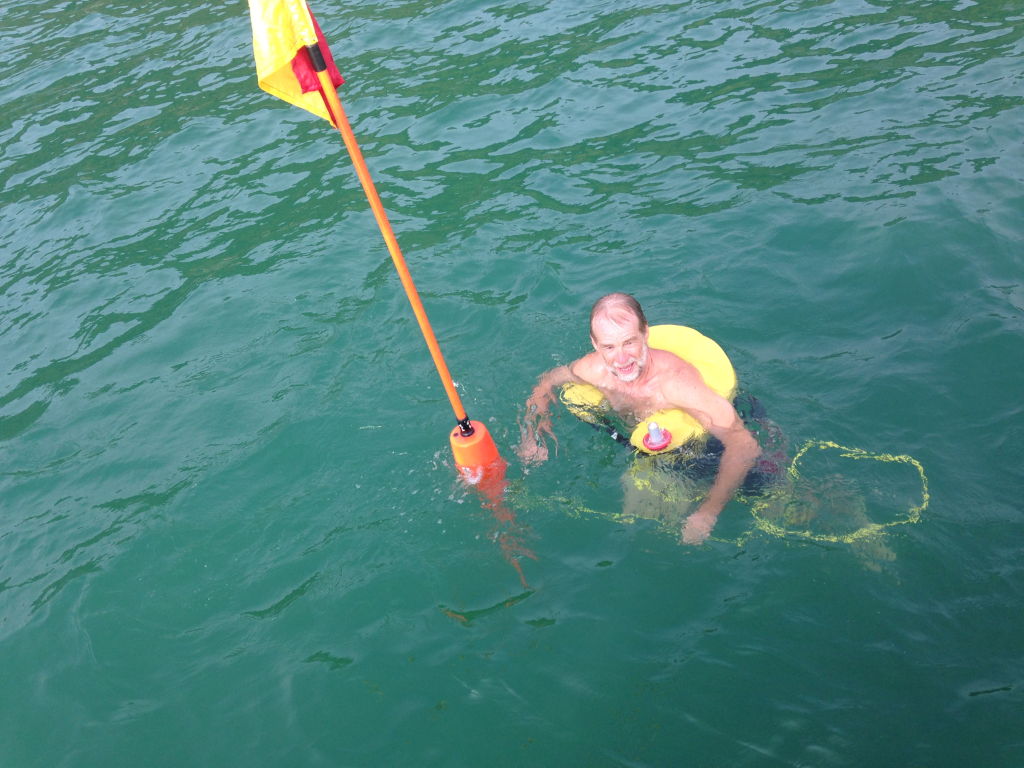


















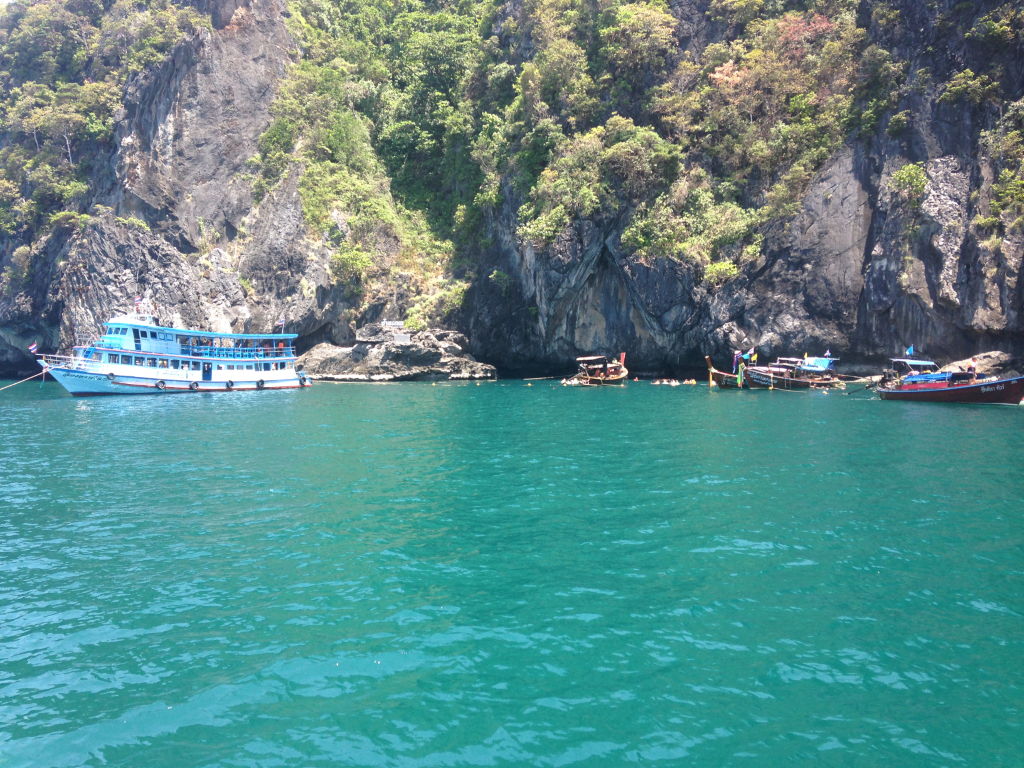
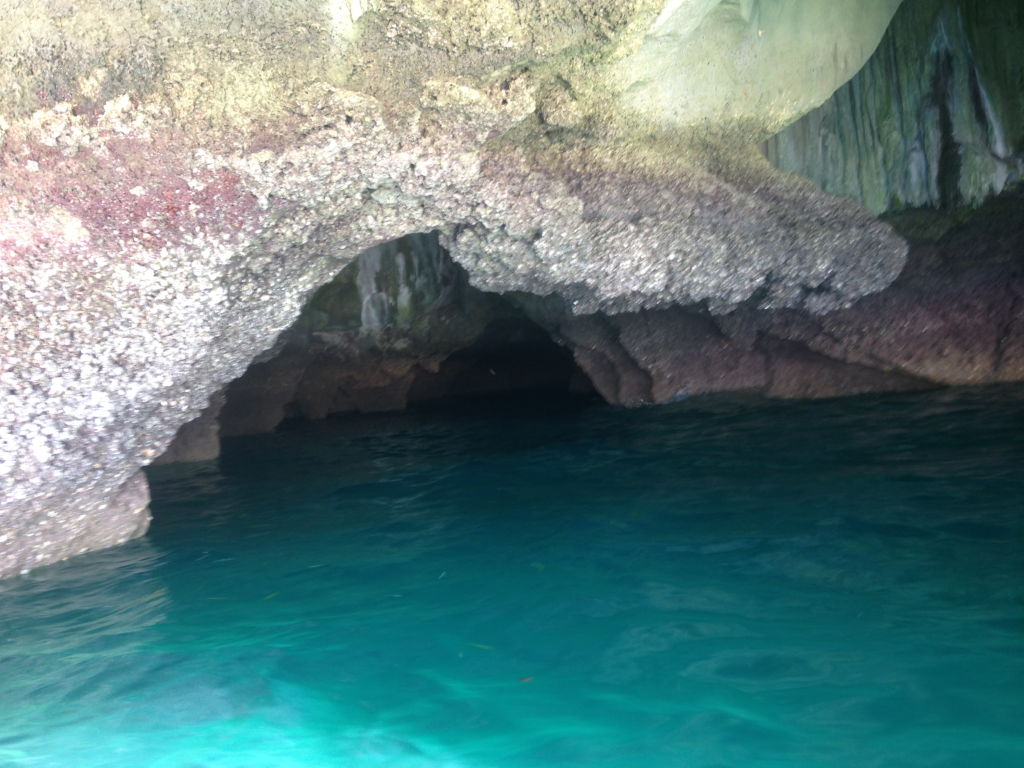
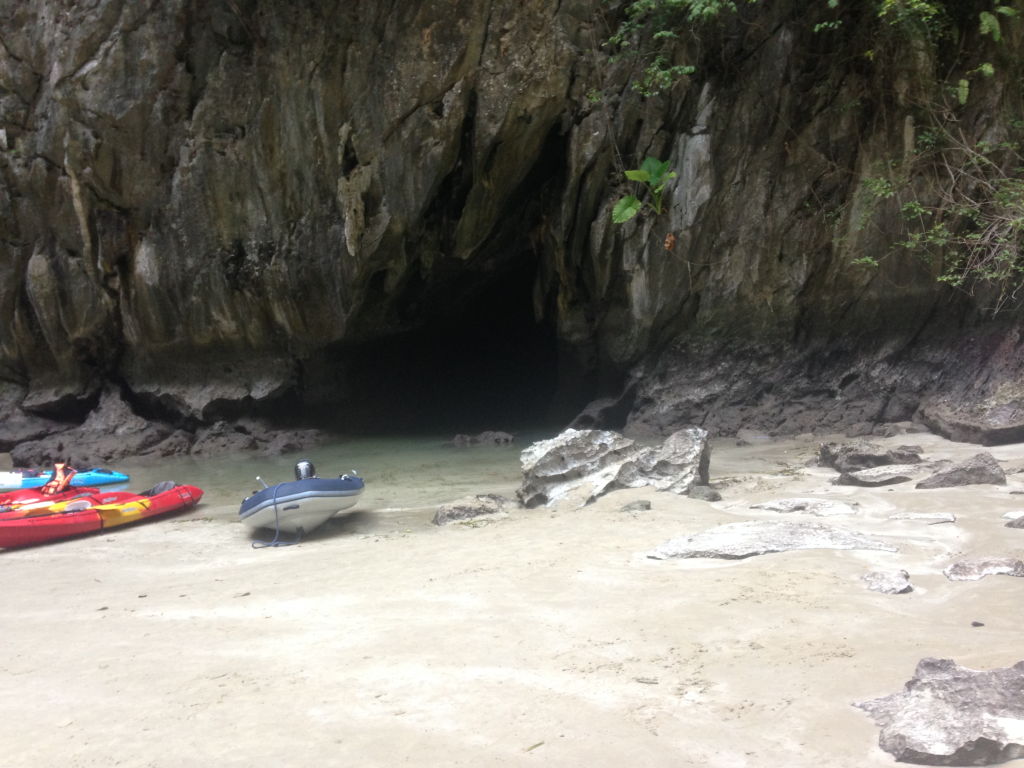



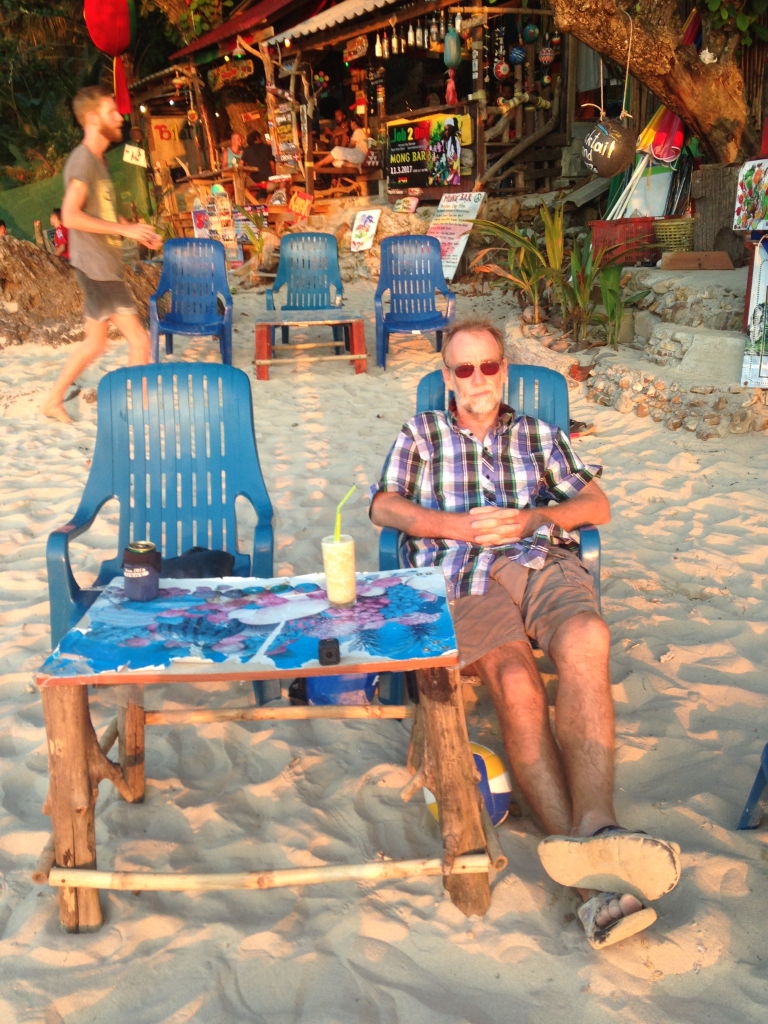

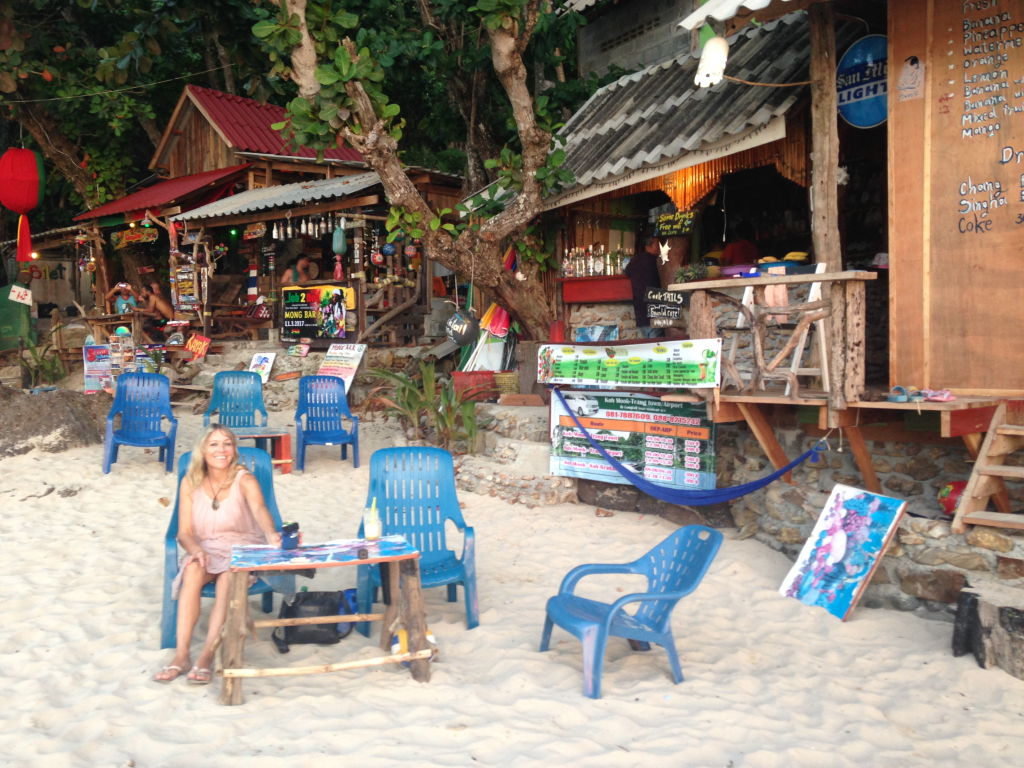
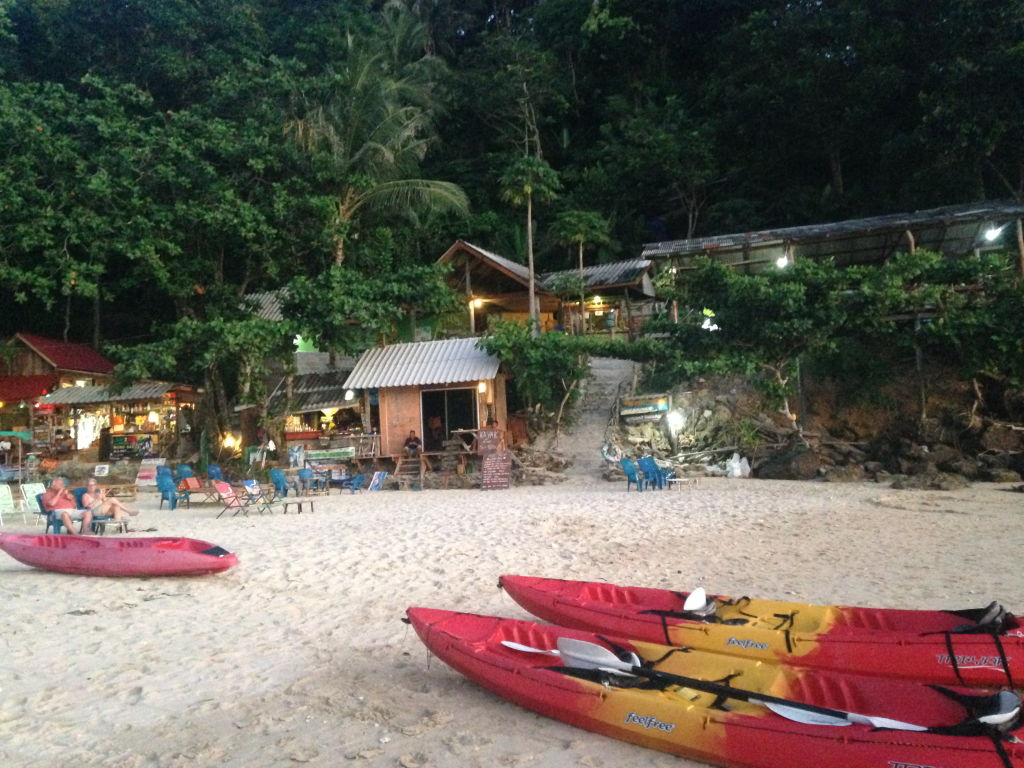

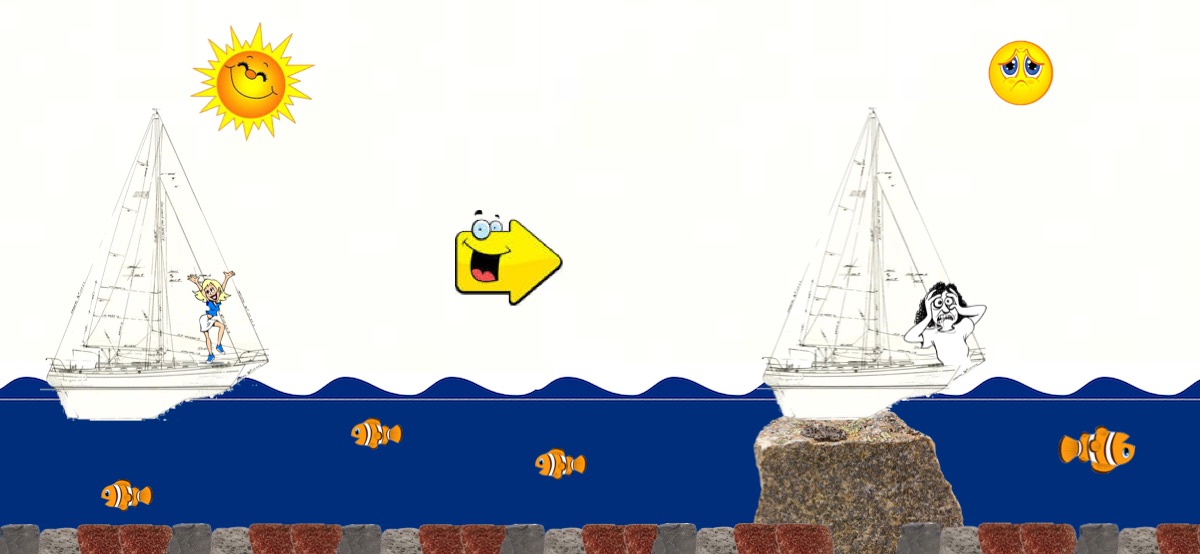
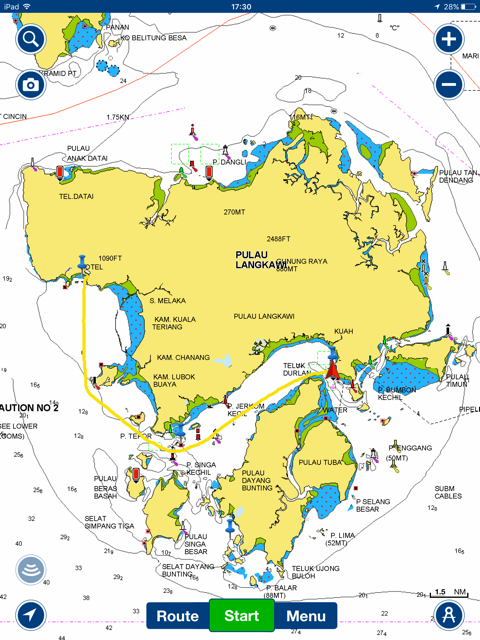


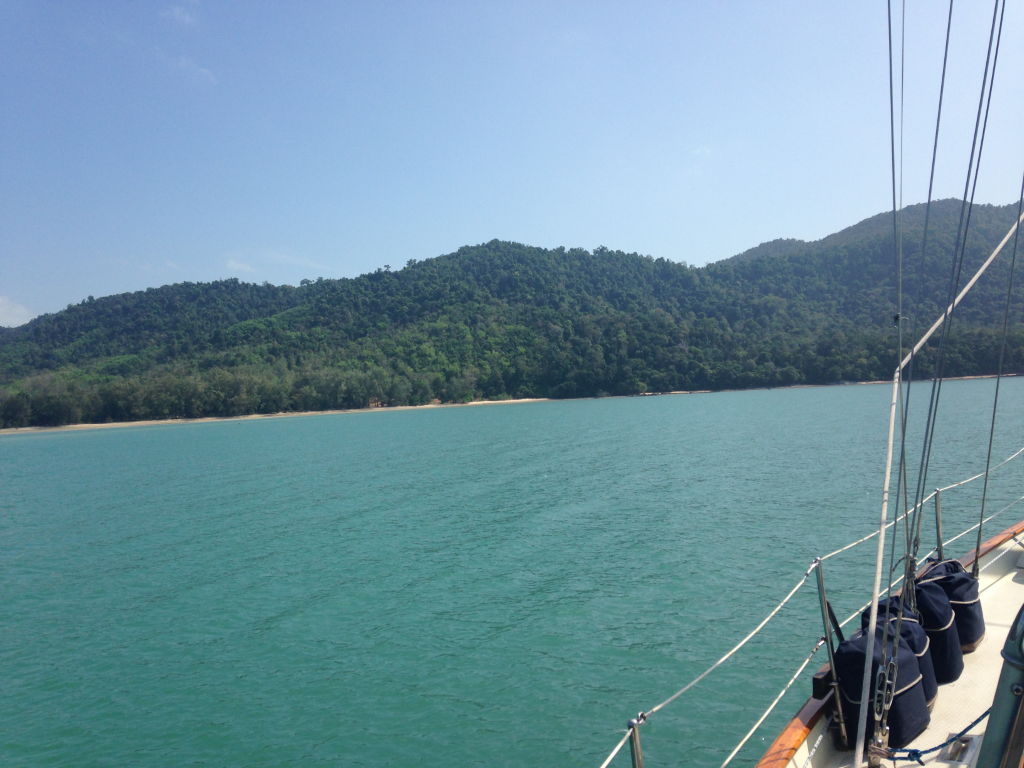



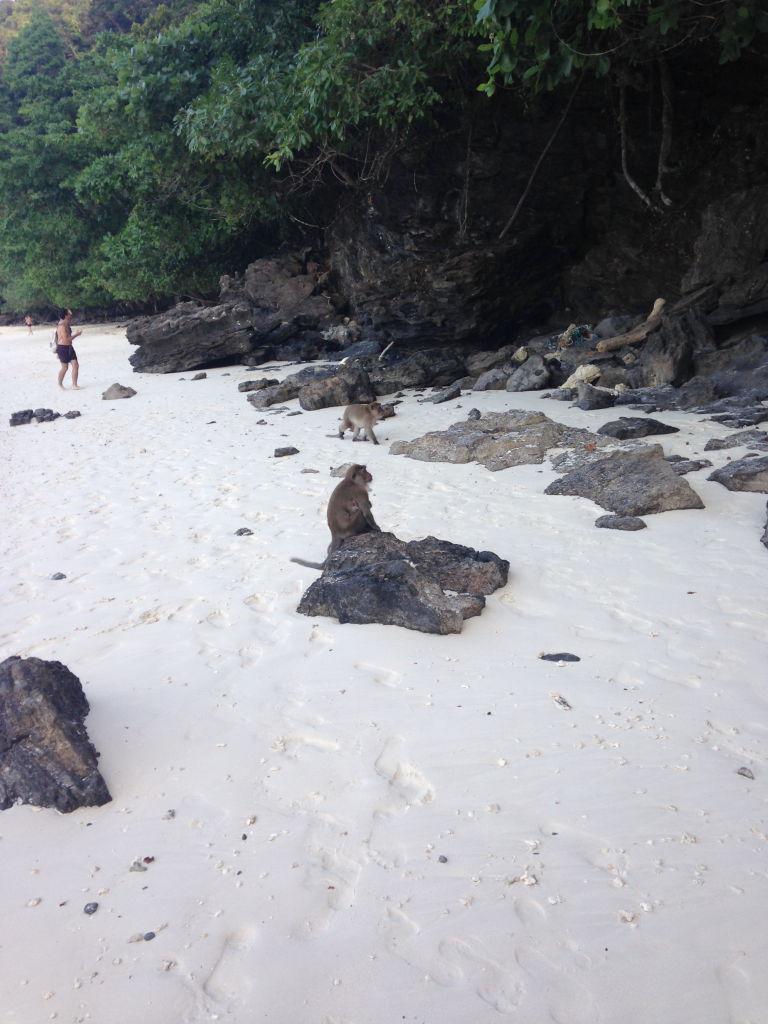














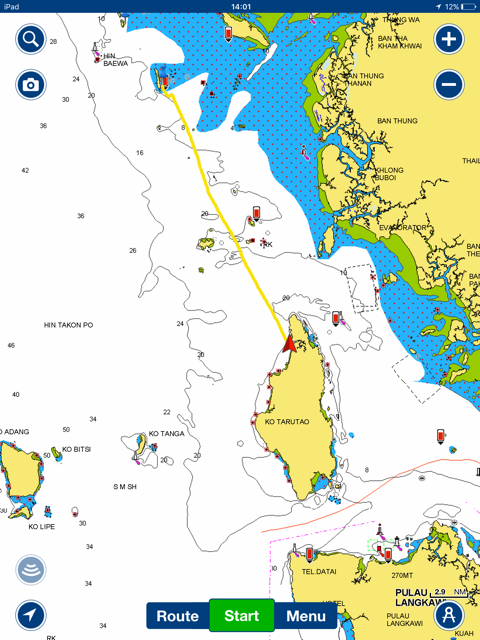
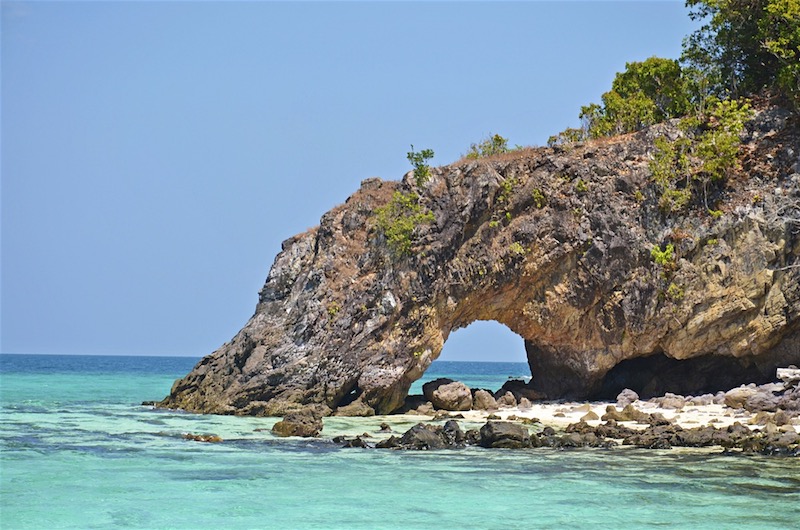 Ko Tanga, has this arch on one of its islets, you are meant to walk through it with your partner to ensure everlasting something or other, people were actually doing it too! (Eat your heart out Malta)
Ko Tanga, has this arch on one of its islets, you are meant to walk through it with your partner to ensure everlasting something or other, people were actually doing it too! (Eat your heart out Malta)